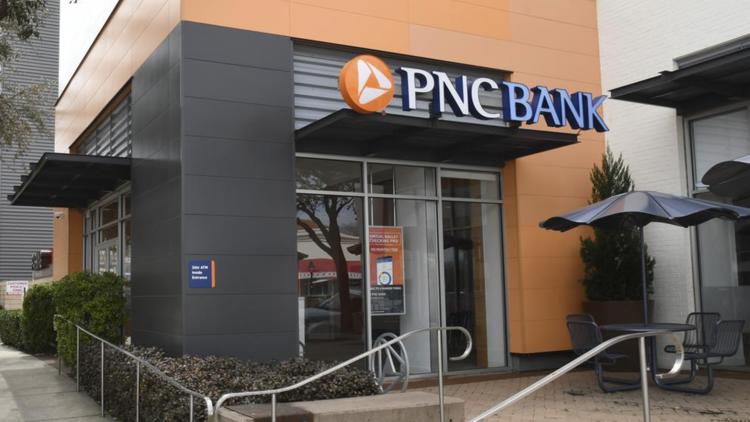DALLAS — This article was originally published by our content partners at the Dallas Business Journal. You can read the original article here.
Dallas-Fort Worth's growth as a U.S. financial hub is helping the region buck a national trend as the number of bank branches continues to decline across the country.
DFW saw a net increase of one bank branch during the 12 months ending June 30, 2024, according to Federal Deposit Insurance Corp. data. The region had a total 1,588 branches as of June 30. During the same 12-month period, the number of branches declined nationally by 1,028, or 1%, to 76,742.
Despite the one-year gain, the FDIC data shows DFW has fewer branches than it did five years and 10 years ago as banks have consolidated and consumers have transitioned to banking digitally on their computer or their phone. But even those declines have been much more subdued than the losses experienced nationally.
There are 1.6% fewer branches than there were five years ago in DFW, compared to an 11% decrease nationally. The number of branches has fallen 8% over the past decade, compared a 19% decline nationally.
Helping to prop up DFW is the fact that banks keep on moving here and expanding, offsetting some of the decline that comes with consolidation. There are 171 banks in in DFW as of June, an increase of two from 169 a year prior and up eight from five years ago. There are three more banks in DFW than there were a decade ago.
Meantime, the number of banks has declined nationally over the last five years by 2.5% to 4,539. Over the last decade, the number of banks has fallen 32% from 6,669 institutions.
"Texas is its own market," said Susanne Turnbo, a managing director at Dallas-based business consulting firm Sendero Business Services LP who leads the company's financial services practice.
She described the state as a "robust business market" that doesn't always follow national trends. The state's business-friendly environment helps it attract companies, especially those in highly regulated industries like banking.
"Banks really get hit hard when regulation changes, and regulation has been pretty tough lately," Turnbo said. "Dallas and Texas as a whole is seen as a more favorable regulatory environment so there's a lot of interest. It's a growing financial hub."
DFW surpassed the Los Angeles metro during the pandemic in December 2020 as the second-biggest hub for financial services workers, trailing only New York. The region continues to ascend with companies like Goldman Sachs Group Inc. and Wells Fargo building large campuses.
Some big national banks like New York-based JPMorgan Chase & Co. and Pittsburgh-based PNC Financial Services Group Inc. included DFW in their plans when they announced major branch expansions earlier this year.
PNC in February said it intends to open 17 new branches in North Texas over the next five years as part of a $1 billion expansion of its network. The financial giant entered DFW in 2017 and expanded its footprint vastly when it acquired BBVA USA in 2021. PNC had 93 branches as of June 30, compared to the 102 that Compass, a predecessor to BBVA, had a decade ago.
JPMorgan Chase will build about 15 branches in Texas, including five in DFW, as part of expansion of its own over the next three years. The largest retail bank in the U.S. had 186 locations in DFW as of June 30, down 28% from 258 locations a decade ago.
Liz Molina, head of Chase branches in North Texas and Austin, said in February the company would look north to Collin County in places like Melissa and Celina for its new locations.
Turnbo said the economic boom of DFW's suburbs is another reason the region has lost fewer branches than other regions.
"A lot of those suburbs are maturing," Turnbo said. "What used to be small towns, they're getting more connected into the Metroplex and they need these services. You definitely have these banks looking at potentially new markets that are coming to a maturation point and that are ready for these services."
Another bank, San Antonio-based Frost Bank, has been among the institutions that added the most locations in recent years. Starting in 2023, Frost planned to open 28 more locations in the region. Frost had 61 branches as of June 30, up from 35 a decade ago.
Houston-based Prosperity Bank also increased its footprint considerably with the acquisition of LegacyTexas Bank in 2019. The bank currently had 64 branches as of June 30.
On the flip side, Wells Fargo and Capital One are two of the biggest national players that have downsized their networks. San Francisco-based Wells Fargo is still one of the largest players in DFW with 141 branches, but that's down 2% from 193 branches in 2014. McLean, Virginia-based Capital One has 10 branches, down 76% from 42 branches a decade ago.
Capital One has been among the most aggressive banks in focusing more on digital banking versus traditional branches.



